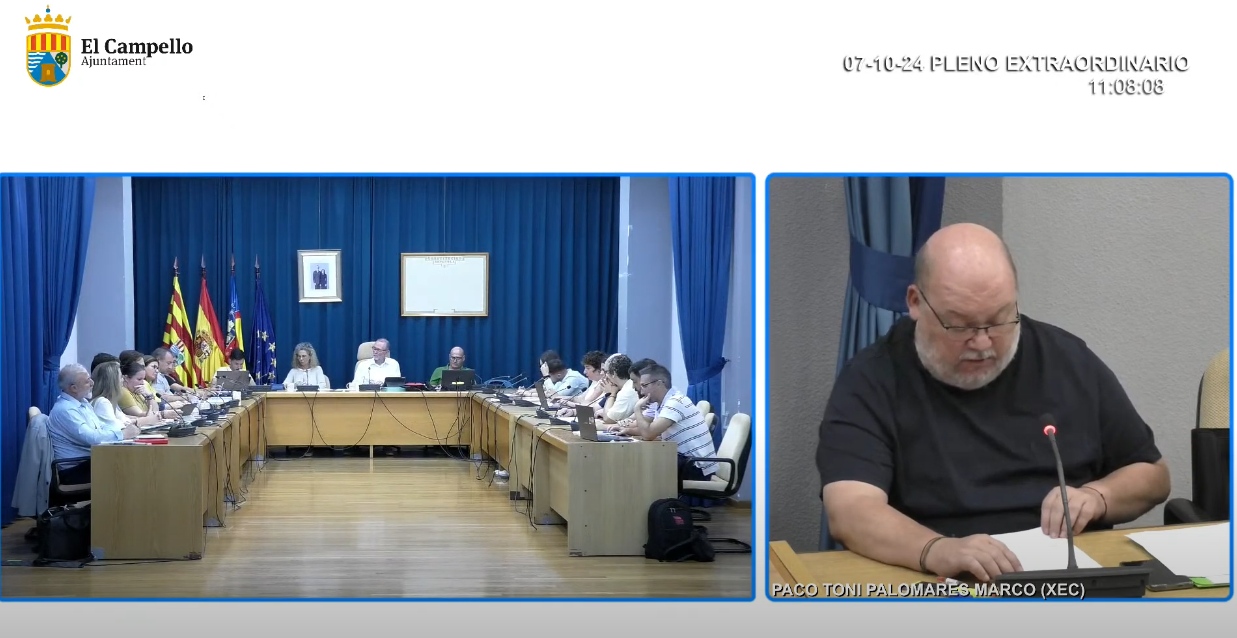
Law 7/2022, in compliance with community obligations, included both separate collection obligations and the obligation to review municipal ordinances (eighth final provision) and contracts within a period of three years (eleventh additional provision); as the two economic instruments, thus complying with the Commission’s recommendations: on the one hand, the obligation for local entities to establish, within a period of three years (before April 10, 2025), a specific, differentiated and non-deficit, which allows the implementation of payment systems per generation; and on the other, the state tax on the deposit of waste in landfills, incineration and consideration of waste. All of this is so that local entities have the financial resources that allow them to address the new separate collection obligations, encourage recycling and penalize the worst option in the waste hierarchy, the landfill. The close relationship between the Rate/PPNT and the municipal waste management model, in accordance with Law 7/2022, that local entities establish in their municipal ordinances (door-to-door, open or closed container, domestic composting) must be taken into account. , etc.).
It should be noted that, subsequently, in 2023, the European Commission has once again indicated that Spain is at risk of non-compliance with the 2025 municipal waste objectives2, which could lead to the imposition of community sanctions.
In April 2025, the new waste rate (Law 7/2022) MANDATORY comes into force and the municipalities must have their Ordinances adapted, which must TEND to pay for waste generation (whoever generates the most, must contribute the most)…
In 2023, the AVERAGE amount of domestic contributions at the STATE level was 92.8 per year per household. In El Campello we have been below that average for years.
The European regulations aim for the Services to adapt to the new requirements of less generation of MSW and greater recycling, trying to adjust the Ordinances to this with the particularities reflected in said regulations, encouraging separate collection, etc.…
A separate issue is whether the proposal that is now being debated justifiably and reasonably includes all the determinations that we understand should include it, a question that we now understand that it does not (exhaustive details of the elements studied/analyzed to determine the distribution of the cost and the fees that must pay based on the estimated garbage generation).
It is well known that this party (XEC) has always voted against those proposals that went against a norm for violating it at some point/time, so, in this case, what is intended is to comply with a , we could not say NO for consistency. But despite the aforementioned, it does not allow the proposal, as prepared, to pronounce us with a resounding YES.
And if we take into account that the study of expenses has been carried out looking only at the past contract, and not especially at the future, with a new pending tender that increases the forecast of its cost, the increase proposed in the new Ordinance has not had either. take this fact into account.
We do not quite understand the art. 7 of the Ordinance
Article 7. – Tax Fee.
1. The tax fee will consist of a fixed amount that will be determined based on the nature of the property, its use, as well as technical and statistical criteria taking into account the number of homes, registered residents, number of garbage receipts, constructed area and cadastral value of the area in which the property is located.
2. Activities not specified in the rates will be provisionally classified in the section that is similar due to their nature and will be taxed at the corresponding rate.
3. For these purposes, the following areas are established:
4. In this way the tax rate is as follows:
4.1. For homes:
4.2. For Activities:
1) The tax fee will consist of a fixed amount that will be determined based on the nature of the property, its use, as well as technical and statistical criteria taking into account the number of housing, registered (we have the most vulnerable and families numerous), number of garbage receipts, constructed area and cadastral value of the area in which the property is located (luxury homes will be taken into account due to their location and surface area, cadastral value and residents to see that have to pay) It is more expensive to collect garbage/waste from an area that is in the urban center where more than 6 containers that serve 200 or 300 inhabitants are located than to move to remove waste from areas, as you say, with less. density but further away. WE DON’T UNDERSTAND IT
2) Activities not specified in the rates will be provisionally classified in the section that is similar due to their nature and will be taxed at the corresponding rate.
3) For these purposes, the following areas are established:
TO FINISH, WE SHOULD TAKE INTO ACCOUNT OTHER ALTERNATIVES AMONG MANY THAT CAN BE TAKEN INTO ACCOUNT
Negotiating new conditions with the Mare Consortium, BEING ELESTERCOLERO OF 52 MUNICIPALITIES, IS PRICELESS.
AS THEY WANT TO DO IN OTHER MUNICIPALITIES, PLAY WITH TAXES (LOWER THEM) AND COMPENSATE THE RISE IN THE ETC RATE.
FINALLY, I THINK IT COULD HAVE BEEN DONE ANOTHER WAY BY SIMPLY HAVING ALL OF US GET TOGETHER TO FIND A SOLUTION “FOR THE GOOD OF THE PEOPLE” BUT THAT MUST BE VERY COMPLICATED, RIGHT?
THANK YOU.
